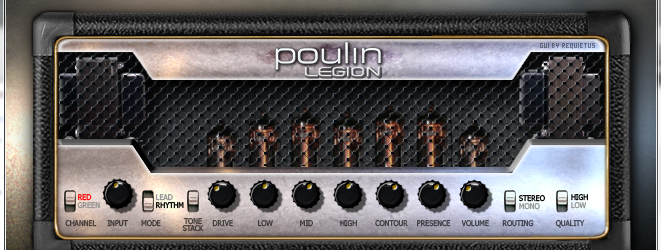Get your Bluetooth headset to work properly in Reaper

I got a fancy new Marshall MID headset for my phone. I’m really happy with the sound, but it’s kind of pressing to hard on my ears causing a lot of fatigue. But that’s not what this post is about :-). I wanted to check my latest mix out i the Marshall MIDs. It’s always […]
Read more








